Ingrown Hair Treatment Timeline Estimator
Estimate how long until you see results from eflornithine cream based on your application frequency and skin condition. This tool is based on clinical evidence from the article.
Ever notice those tiny, painful bumps after a shave or wax that just won’t go away? Those are often Ingrown hair, a common annoyance that can turn a simple grooming routine into a nightmare. While many reach for exfoliants or tweezers, a less‑known option is eflornithine, a prescription cream originally developed for a completely different condition. In this guide we’ll unpack what eflornithine does, why it might help with ingrown hairs, and how to use it safely.
What Is Eflornithine?
Eflornithine is a topical antiproliferative agent that blocks the enzyme ornithine decarboxylase (ODC), slowing down the conversion of L‑ornithine to polyamines, which are essential for cell growth. By inhibiting ODC, eflornithine reduces the rate at which hair follicles produce new shafts. It was first approved in the 1990s to treat African trypanosomiasis (sleeping sickness) and later repurposed in 2000 as Vaniqa, a cream for facial hair reduction in women.
The same mechanism that softens unwanted facial hair can also calm the over‑growth that leads to ingrown hairs, making it a promising off‑label option for stubborn bumps.
How Ingrown Hairs Form
When a hair shaft exits the skin at an angle, or when the follicle is clogged with dead skin, the tip can curl back and re‑enter the epidermis. This creates a tiny tunnel filled with keratin and trapped hair, often accompanied by inflammation, redness, and sometimes infection. Key contributors include:
- Close‑shaving or using a dull razor.
- Curly or coarse hair types.
- Improper exfoliation, which leaves dead cells in the follicle.
- Friction from tight clothing.
Understanding the biology helps you target the right stage-either preventing the hair from curling back or reducing the inflammation once it’s already trapped.
Why Eflornithine May Help
Eflornithine’s primary action is to slow the production of new hair fibers. When hair growth slows, existing strands have more time to exit the follicle cleanly, reducing the chance they’ll re‑enter the skin. Additionally, the cream can soften the hair shaft, making it less likely to bend sharply.
Clinical studies on eflornithine for facial hair show a 30‑40% reduction in hair count after 12 weeks of twice‑daily use. While research specifically on ingrown hairs is limited, dermatologists report anecdotal success: fewer bumps, less redness, and quicker resolution when patients combine eflornithine with regular exfoliation.
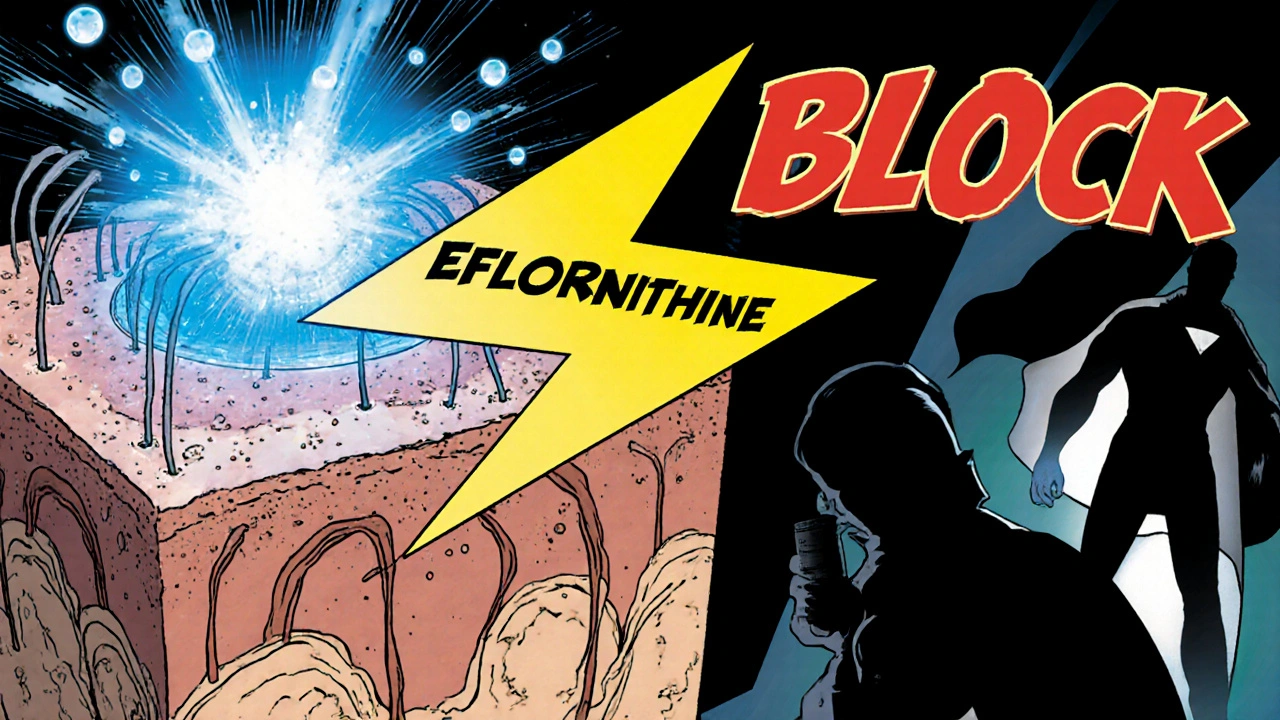
How to Use Eflornithine for Ingrown Hairs
- Clean the area with a mild, fragrance‑free cleanser and pat dry.
- Apply a pea‑sized amount of the cream to the affected zone twice a day-once in the morning and once at night.
- Allow the product to absorb fully (about 2‑3 minutes) before dressing.
- Complement the treatment with a gentle exfoliant (e.g., 2% salicylic acid lotion) 2‑3 times a week to keep follicles clear.
- Monitor skin response. If irritation or excessive dryness occurs, cut back to once daily for a week before resuming twice‑daily use.
Consistency is key; you won’t see dramatic changes overnight. Most users notice a reduction in new ingrown hairs after 4‑6 weeks, with optimal results around the 12‑week mark.
Comparison with Other Ingrown‑Hair Solutions
| Feature | Eflornithine Cream | Laser Hair Removal | Electrolysis | Topical Retinoid (e.g., Tretinoin) |
|---|---|---|---|---|
| Mechanism | Inhibits ODC, slows hair growth | Targets melanin, destroys follicle | Electrical current destroys follicle | Promotes cell turnover, prevents blockage |
| Frequency | Twice daily, ongoing | 6‑8 sessions, then maintenance | Multiple sessions, permanent | Nightly application |
| Cost (US$) | ~$70 per 30‑g tube | $200‑$400 per session | $50‑$100 per session | $30‑$60 per 20‑g tube |
| Side‑effects | Temporary redness, dryness | Redness, pigment changes | Pain, scarring risk | Dryness, peeling, photosensitivity |
| Best for | Light‑to‑moderate ingrown hairs, facial areas | Long‑term hair reduction, large areas | Permanent removal, small zones | Preventive care, combination therapy |
Each option has its own trade‑offs. If you prefer a non‑invasive, prescription‑only solution that you can apply at home, eflornithine tops the list for ease of use and low risk.
Potential Side Effects & Who Should Avoid It
Like any topical medication, eflornithine can cause mild irritation: redness, itching, or a slightly oily feel. These symptoms typically subside within a week. Rarely, users experience allergic contact dermatitis-stop using the cream and consult a dermatologist.
People who should steer clear or use caution include:
- Pregnant or breastfeeding individuals (safety data limited).
- Those with a known allergy to any ingredient in the cream base.
- Patients with severe eczema or psoriasis in the treatment area, as the film may exacerbate barrier dysfunction.
Always discuss with a qualified Dermatologist before starting, especially if you’re already using other prescription topicals.
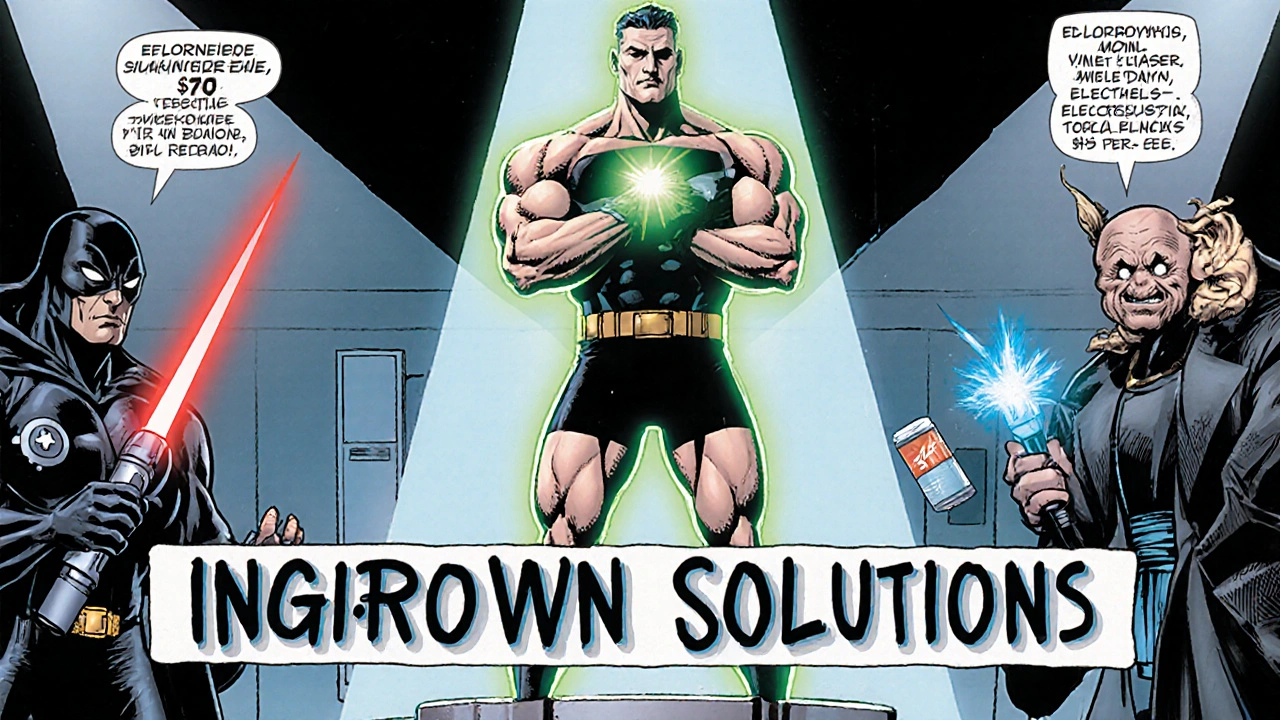
Tips for Preventing Ingrown Hairs Beyond Medication
Even with eflornithine, good grooming habits reinforce results:
- Shave with the grain and replace blades often.
- Apply a warm compress before shaving to soften the hair shaft.
- Use a Salicylic acid cleanser or toner to keep pores clear.
- Consider a weekly Retinoid serum for extra cell turnover.
- Avoid tight clothing that rubs against the skin for at least 24 hours after treatment.
These steps, paired with consistent eflornithine use, often turn a chronic problem into an occasional nuisance.
Bottom Line
If you’ve tried tweezers, exfoliating scrubs, and even laser sessions without lasting relief, eflornithine offers a science‑backed, prescription‑only alternative that directly slows hair growth at the source. While it won’t erase every bump instantly, regular use combined with proper skin‑care can dramatically cut down new ingrown hairs and make existing ones heal faster.
Frequently Asked Questions
Can I use eflornithine on any body part?
The cream is approved for the face, but dermatologists often prescribe it for the neck, chest, and even bikini line. Avoid using it on broken skin or areas with active infection.
How long before I see results?
Most patients notice fewer new ingrown hairs after 4‑6 weeks. Full benefit typically appears around the 12‑week mark with consistent twice‑daily application.
Do I need a prescription?
Yes. In most countries eflornithine is a prescription‑only medication. Schedule a visit with a dermatologist or primary‑care doctor to discuss off‑label use for ingrown hairs.
Can I combine eflornithine with other topical treatments?
Yes, but be cautious. Pairing with a salicylic‑acid cleanser is common and usually safe. Avoid using two strong retinoids together, as this can cause severe irritation.
Is eflornithine safe for men?
While originally marketed for women’s facial hair, the drug works the same way in men. Some clinics prescribe it off‑label for chronic ingrown hairs on the neck or chest.
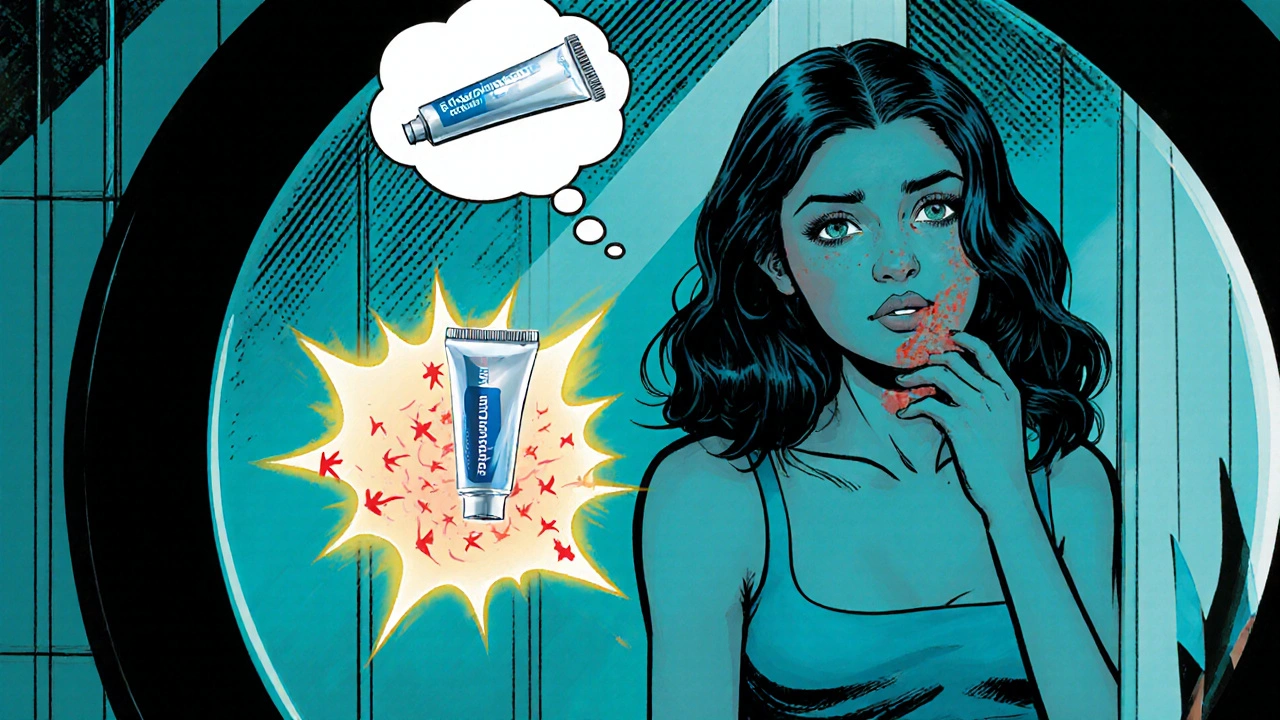


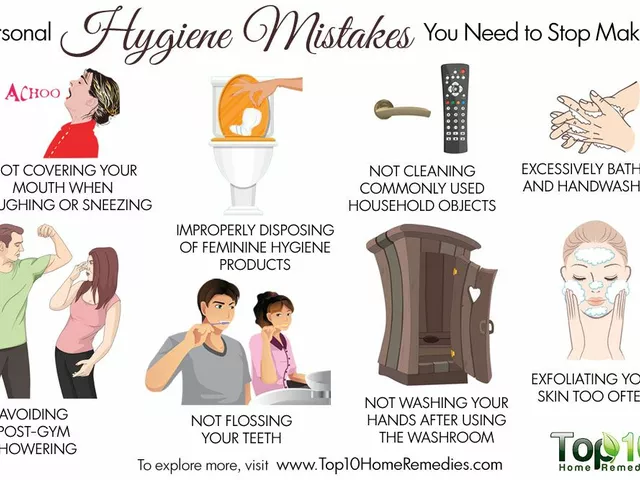
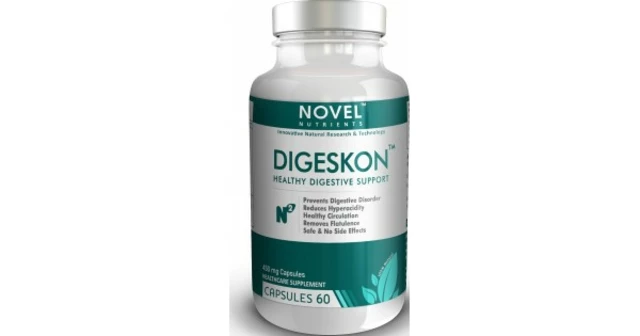
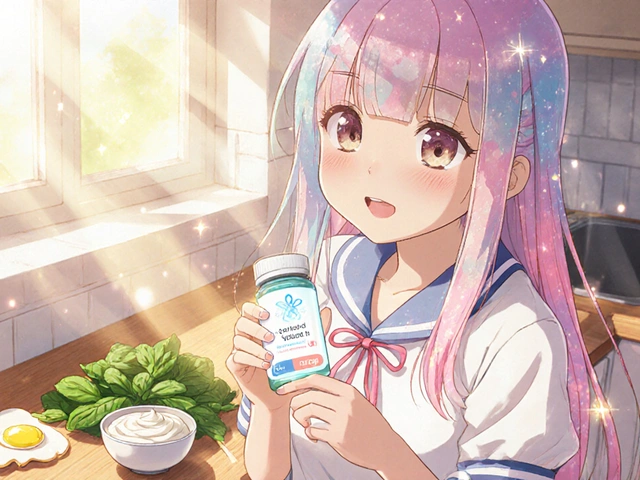
Maureen Crandall
October 16, 2025 at 15:18
Eflornithine actually slows hair growth, so it can prevent new ingrown hairs.